Antibiotics are still massively overprescribed, a new study shows. With no new drugs in sight, some scientists are turning to Crispr for a reboot.
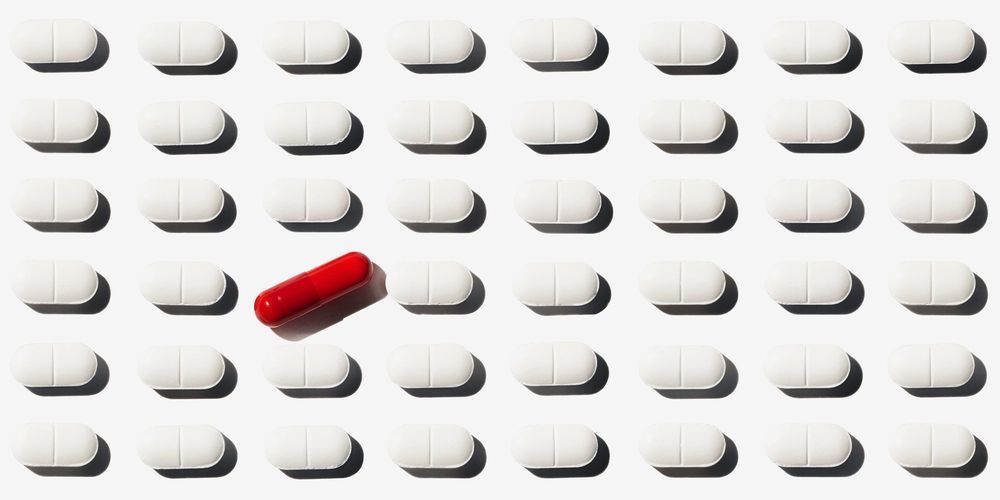

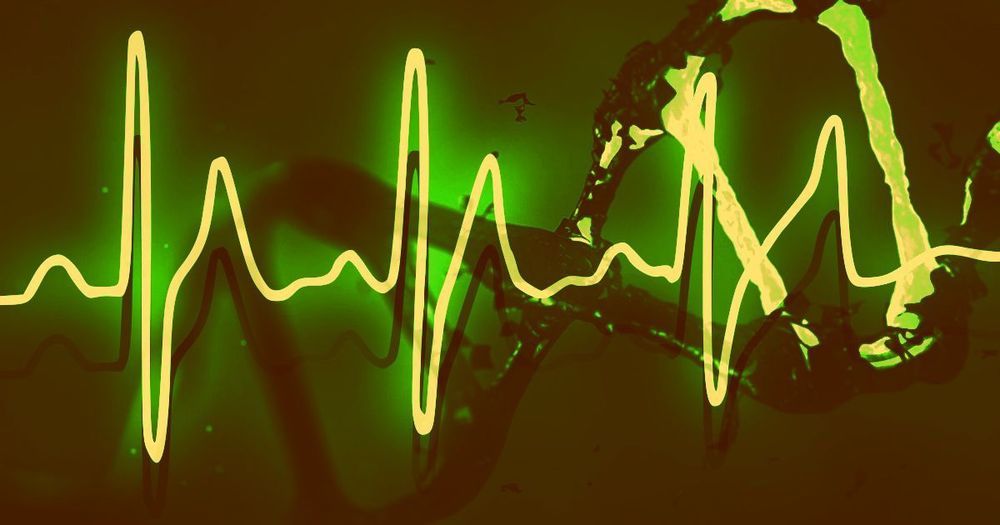
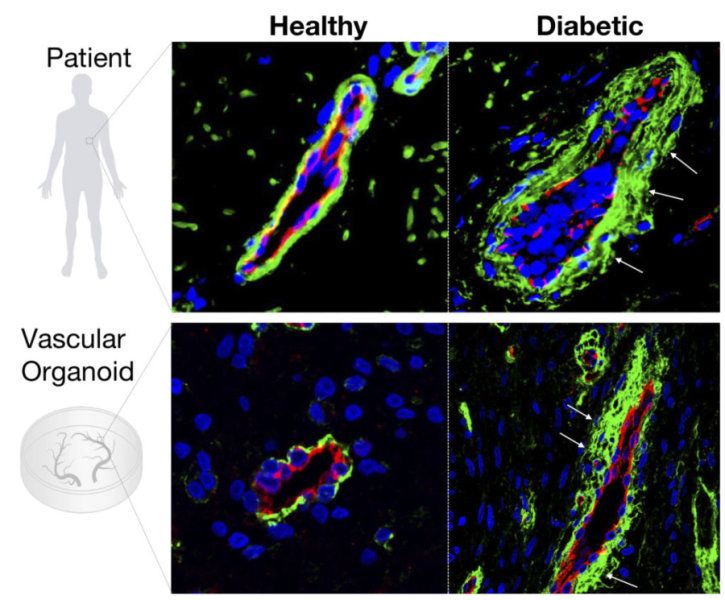
The breakthrough engineering technology, outlined in a new study published today in Nature, dramatically advances research of vascular diseases like diabetes, identifying a key pathway to potentially prevent changes to blood vessels — a major cause of death and morbidity among those with diabetes.
An organoid is a three-dimensional structure grown from stem cells that mimics an organ and can be used to study aspects of that organ in a petri dish.
“Being able to build human blood vessels as organoids from stem cells is a game changer,” said the study’s senior author Josef Penninger, the Canada 150 Research Chair in Functional Genetics, director of the Life Sciences Institute at UBC and founding director of the Institute for Molecular Biotechnology of the Austrian Academy of Sciences (IMBA).

LEAF writer Nicola Bagalà recounts meeting an old lady on the street and considers what might have happened in a world free from age-related diseases.
I would like to share a story about an encounter I had a couple of years back, when I was nearing the end of my university studies. At the time, I lived in a student apartment pretty much on the outskirts of Helsinki, Finland. Like most of Finland, this area is beautiful and brimming with green everywhere in the summer, but at the end of March— which is when the story takes place—it still looks like a barren, icy desert, and during a late evening like the one on which I had my encounter, it can be very cold and dark.
That evening, my girlfriend and I were coming back from the nearby supermarket, carrying two or three heavy bags full of groceries and looking forward to being home. We were talking about something I can’t recall when we passed right next to another person whose figure I could not make out very well. I had a feeling that it was a woman, but that’s all I could tell. As we walked away from her, I thought I could hear a voice calling—maybe it was her, but I told myself that she was probably talking on the phone or something. I heard her calling again, at which point I turned around to check if she was actually trying to catch our attention.
I was right—she was a woman. More specifically, an old Finnish lady, looking quite lost and tired. What follows is an account of the conversation I had with her—my girlfriend can’t really speak Finnish. I had actually written this down somewhere not too long after it had happened, but I could not remember the conversation line by line, and I had to improvise a little to fill in the blanks here and there as I translated it from Finnish. It is as accurate as I can possibly make it.
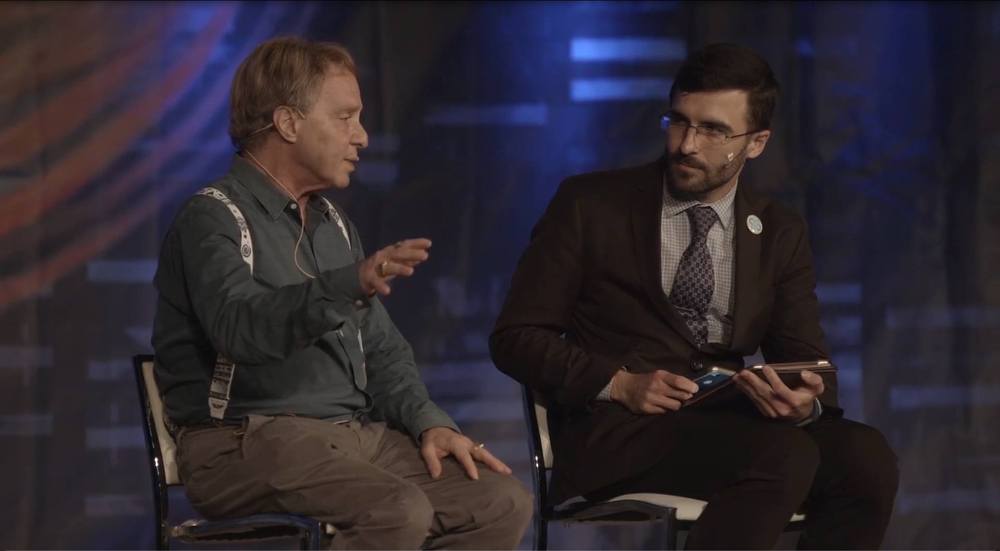
Watch it here: https://www.youtube.com/watch?v=10dFgrjdfqY
I posed a wide array of questions for inventor, futurist, and Singularitarian Dr. Ray Kurzweil on September 21, 2018, at RAAD Fest 2018 in San Diego, California. Topics discussed include advances in robotics and the potential for household robots, artificial intelligence and overcoming the pitfalls of AI bias, the importance of philosophy, culture, and politics in ensuring that humankind realizes the best possible future, how emerging technologies can protect privacy and verify the truthfulness of information being analyzed by algorithms, as well as insights that can assist in the attainment of longevity and the preservation of good health – including a brief foray into how Ray Kurzweil overcame his Type 2 Diabetes.

“Aging is a complicated process with multiple modulations occurring at many levels, from the molecular to the cells. Ginseng, an ancient Chinese herb widely used in Eastern medicine, has been studied for its anti-aging properties., and has been shown to have beneficial effects with regards to anti-inflammation, anti-oxidation, cardiovascular regulation, neurological improvement, anti-tumor, skin protection and immune modulation. The evidence on the life-prolonging effects of ginseng remains inadequate, and further studies are recommended. Investigations integrating science and technology will be needed to further explore the effects of ginseng on the human body to fully understand its potential.” Low-tech life extension I have taken safely for decades.
Aging is an irreversible physiological process that affects all humans. Numerous theories have been proposed to regarding the process from a Western medicine perspective; however, ancient Chinese medicine practices and theories have increasingly gained attention, particularly ginseng, a grass that has been studied for the anti-aging properties of its active constituents. This review seeks to analyze current data on ginseng and its anti-aging properties. The plant species, characteristics, and active ingredients will be introduced. The main part of this review is focused on ginseng and its active components with regards to their effects on prolonging lifespan, the regulation of multiple organ systems including cardiovascular, nervous, immune, and skin, as well as the anti-oxidant and anti-inflammatory properties. The molecular mechanisms of these properties elucidated via various studies are summarized as further evidence of the anti-aging effects of ginseng.
Keywords: Ginseng, Anti-aging, pharmacology, molecular mechanism.
Aging is an inevitable biological process that leads to progressive structure modification and physiological dysfunction. According to Zhores Medvedev, there are more than 300 hypotheses of aging [1]. Many theories attempt to explain the process of aging, but none seem to be comprehensive [2]. The theory of aging can essentially be categorized into two main schools of thought as to the underlying factors: programmed factors vs. damage-related factors. Programmed factors follow a biological timetable, perhaps a continuation of the one that regulates childhood growth and development. Changes in gene expression subsequently affect the systems responsible for the responses involved in maintenance, repair and defense. Damage-related factors, on the other hand, include internal and environmental assaults to the living organism that induce cumulative damage at various levels [3].
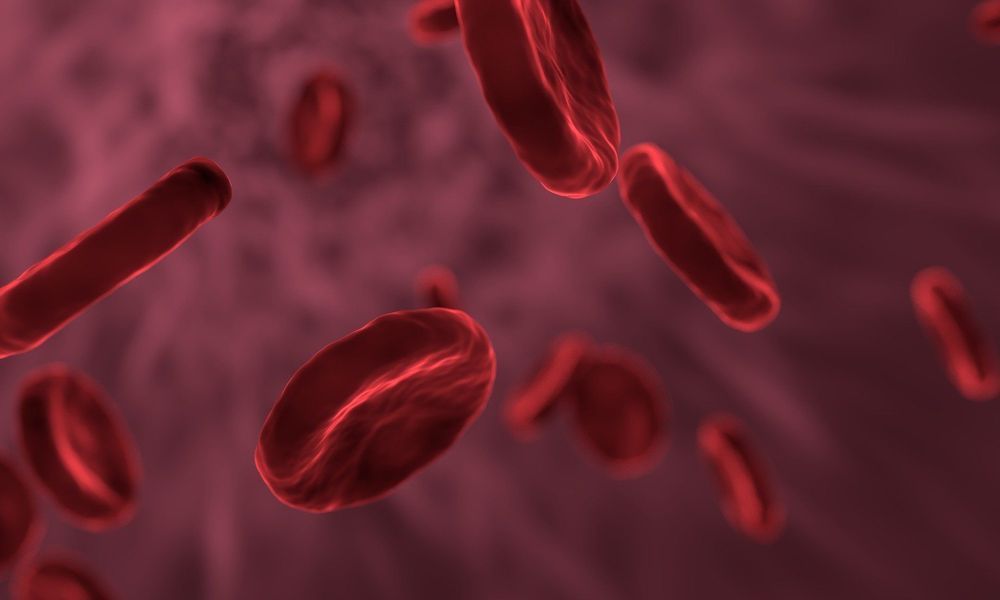
For a child, recovering from a broken bone is typically a short-lived, albeit painful, convalescence. But for older adults, it can be a protracted and potentially life-threatening process.
Finding ways to speed bone repair is a public health priority that could save both lives and health care expense. The Centers for Disease Control and Prevention reports that more than 800,000 patients a year are hospitalized because of fall injuries, including broken hips, and these hospitalizations cost an average of $30,000.
“Delayed fracture healing is a major health issue in aging, and strategies to improve the pace of repair and prevent the need for additional surgeries to achieve healing substantially improve patient outcomes,” said senior author Benjamin Alman, M.D., chair of the Department of Orthopedic Surgery at Duke.
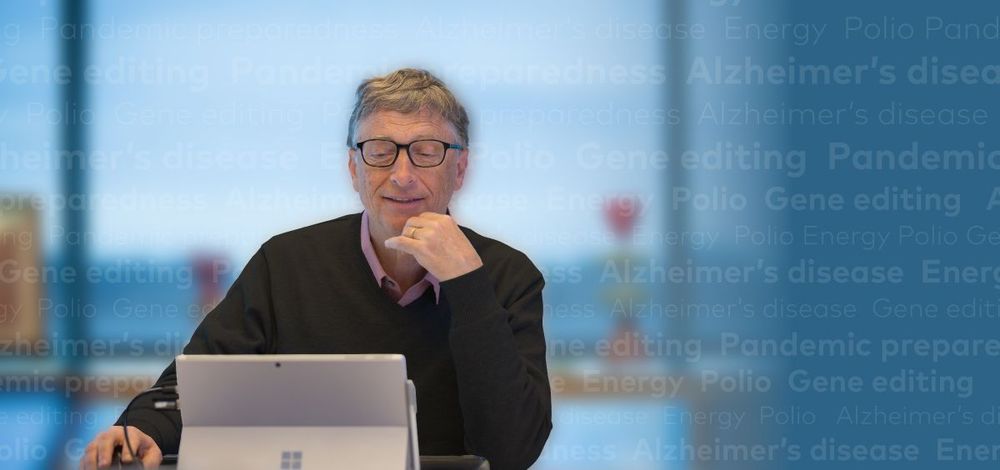
As I look back on the year, I am also thinking about the specific areas I work on. Some of this is done through our foundation but a lot of it (such as my work on energy and Alzheimer’s work) is not. What connects it all is my belief that innovation can save lives and improve everyone’s well-being. A lot of people underestimate just how much innovation will make life better.
Here are a few updates on what’s going well and what isn’t with innovation in some areas where I work.
Bill Gates looks back on 2018, and shares a few thoughts on what’s going well and what isn’t with innovation in some specific areas that he works on.
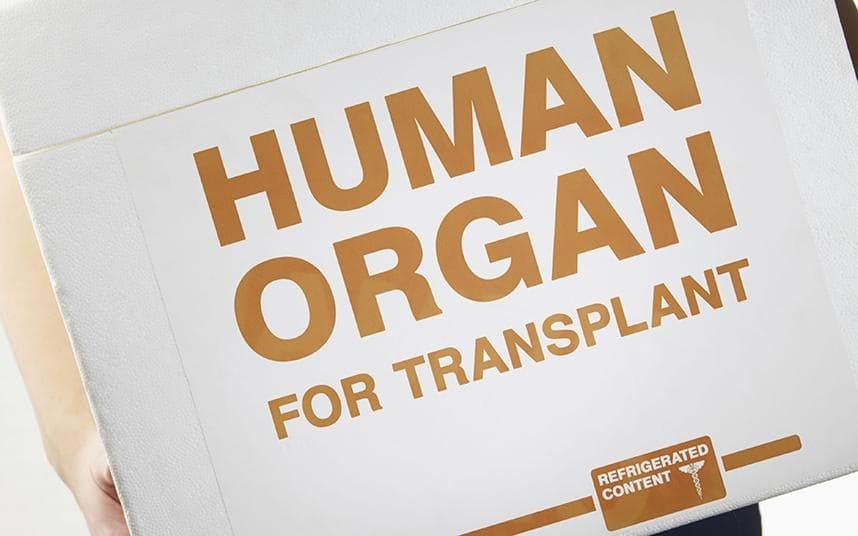
A machine which triples the time livers can survive outside the body promises to halve the transplant waiting list, experts have said as officials approved its use in the NHS.
Hundreds more patients with advanced liver disease — Britain’s fifth biggest killer — have hope of a successful transplant after the “game-changing” technique was given the green light by the National Institute of Health and Care Excellence (Nice).
Currently livers intended for transplant typically survive for only about eight to ten hours on ice.
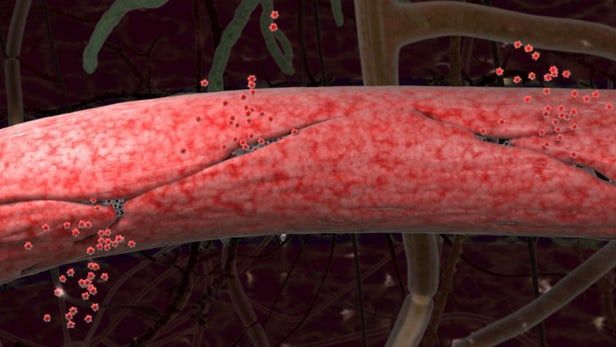
New research published in the journal Nature Medicine has described the results of a five-year study into the association between a breakdown of the blood-brain barrier and the onset of cognitive impairment. The study suggests leaky capillaries in the brain can act as an early biomarker of cognitive decline, and a new drug being developed for stroke patients may be an effective treatment.